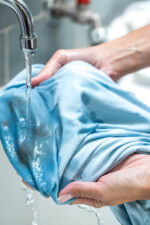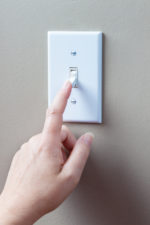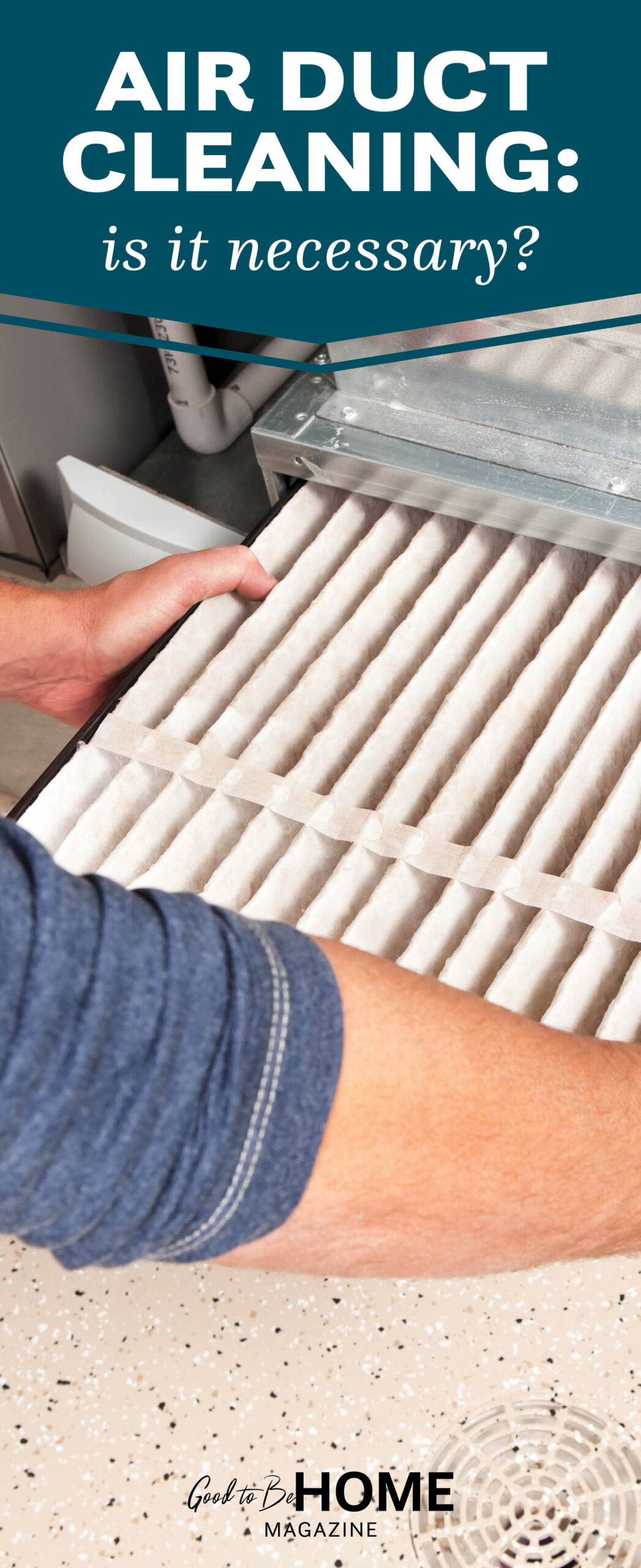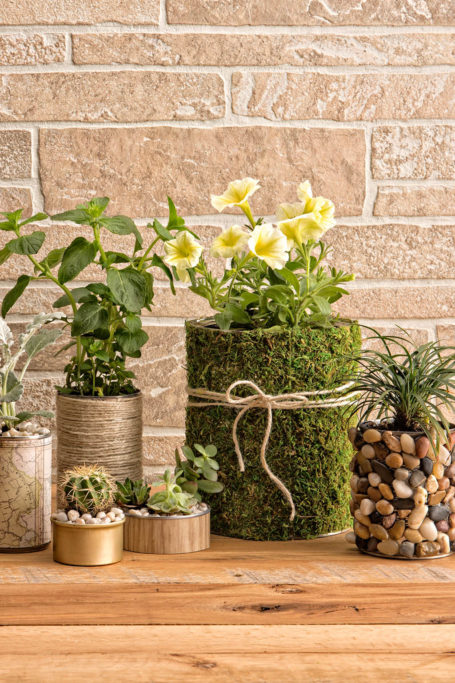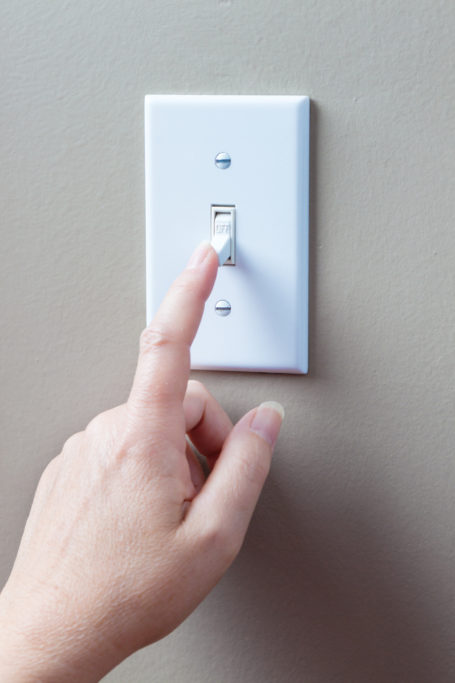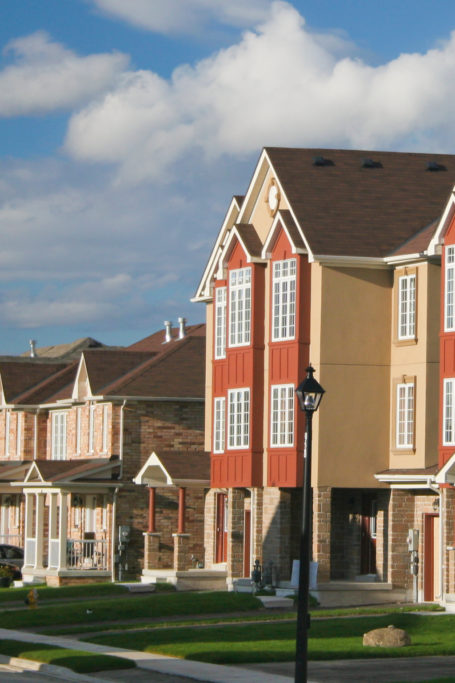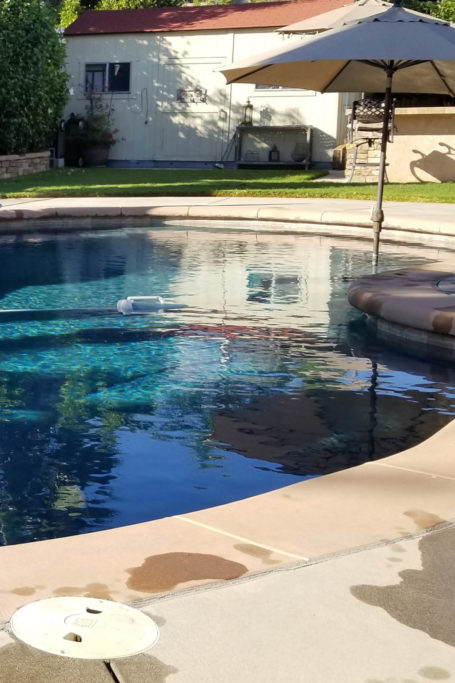Is Air Duct Cleaning Necessary or Not?
You may have seen those dramatic advertisements that show an air duct stuffed full of dirt beside a clean and shiny one. Those before-and-after shots are persuasive because they convince you that your air ducts must look like just as filthy, especially if they’ve never been cleaned. But before you rush to call someone, there is more information you need to know to make an informed decision.
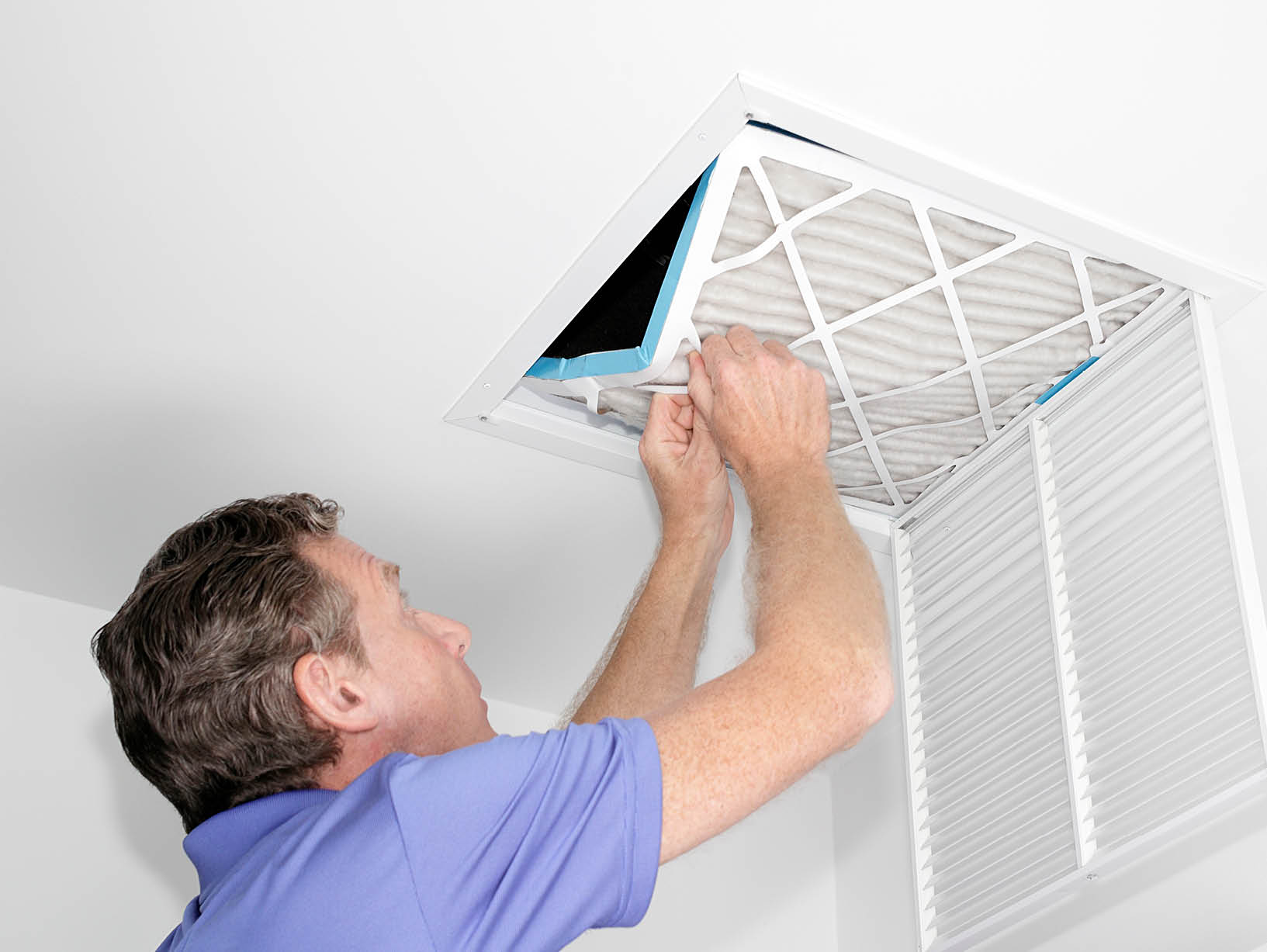
Studies say . . .
The information about air duct cleaning is quite limited, but research doesn’t actually show any evidence that it prevents health problems. In fact, the majority of the particles found in air ducts aren’t being released into your home at all. For this reason, the US Environmental Protection Agency (EPA) doesn’t suggest any kind of regular maintenance of your air ducts, instead stating that air ducts should only be cleaned “on an as-needed basis because of the continuing uncertainty about the benefits of duct cleaning under most circumstances.”
There are a few exceptions that the EPA makes, though. They recommend a cleaning:
- If you see evidence of insects, mice, or other rodents.
- If there are signs of obvious mold inside the ducts.
- If there is excessive dust and debris coming out of your supply registers.
One thing to note is that any of these issues would likely also point to a bigger underlying problem that should be addressed within the entire HVAC system since the air flowing through your ducts is also coming into contact with the HVAC system.
Air duct cleaning
Like the EPA, The National Air Duct Cleaners Association (NADCA) recommends air ducts only be cleaned when the entire HVAC system is being serviced as there are unnecessary risks to the ducts if they are cleaned more frequently. During this process, a professional will clean the grilles and diffusers and change out the air filter for a fresh one. They will also ensure that drain pans and drain lines for your HVAC system are properly draining and that the heat exchanger, cooling coils, grilles, furnace air plenum, and blower motor are all functioning properly.
Who to hire
If you’ve determined your HVAC system does need to be cleaned, it’s best to find a contractor certified with the NADCA to make sure they are qualified. Skip anyone touting the benefits of routine air duct cleaning or selling low-cost services that seem too good to be true, and say no to any chemical biocides or treatments. And always make sure the provider outlines a contract in advance with the procedure and costs associated with the work being done.
Cost
According to the EPA, the cost of cleaning the entire system in an average-sized house ranges from $450 to $1,000, though this can be affected by variables like the size of the system, level of contamination, and system accessibility, to name a few.
Process
The NADCA’s certified cleaning process has two steps—dislodging contaminants, and then collecting them. To achieve this, a technician will use various agitation devices such as an air whip, which uses a stream of concentrated air to pressure blast unwanted debris from your HVAC while easily navigating the curves and bends of the duct system.
A vacuum is attached to the main trunk line, the central source of air distribution in your ductwork system, to carry the contaminants out of your home. Depending on the location of the main trunk line in your home, the technician will use either a portable or truck-mounted vacuum. They will also remove and clean all of your supply registers and return vents.
Prevention
Regardless of what you ultimately decide to do with your air ducts, there are steps you can take to prevent contamination in your HVAC system:
- Establish a schedule to replace your filters.
- If the filters appear dirty or clogged, adjust your schedule to swap them out more frequently.
- Choose a high-efficiency filter suggested by the HVAC manufacturer.
- Assess your filter and filter holder to make sure there are no gaps where air could escape unfiltered.
- When getting maintenance done on your HVAC system, make sure that they also clean the cooling coils and drain pans.
- Seal off supply registers and return vents whenever you are remodeling or doing dusty construction work so it doesn’t end up in your ducts. And don’t turn the system on again until you’ve vacuumed up all the dust.
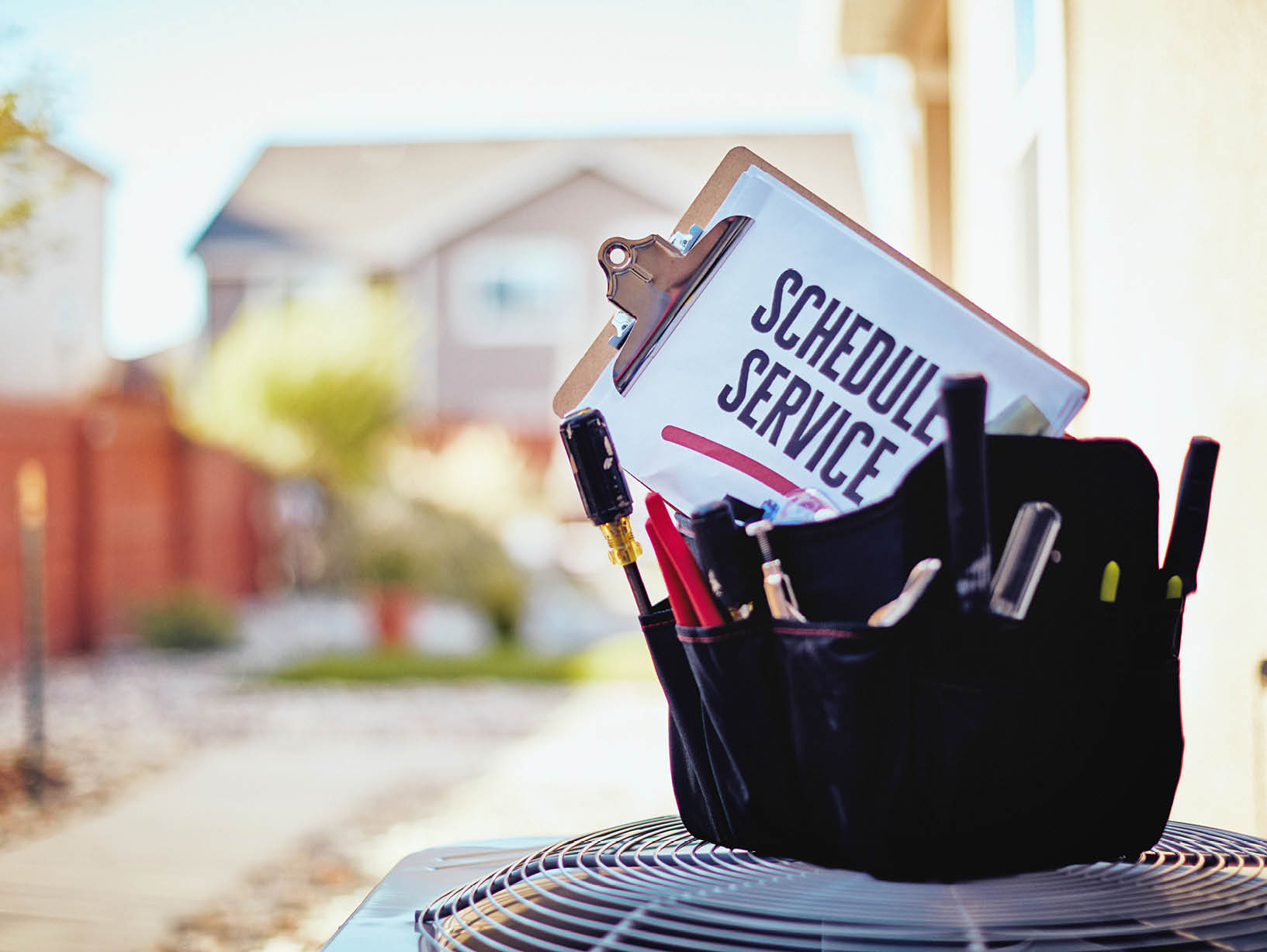
The verdict
Well, there isn’t a clear answer. It’s always possible for your ducts to become contaminated and then distribute that air throughout your house. But having a small amount of dust in your system is not abnormal or dangerous in most cases. It’s much more likely that contaminants would be coming in via cooking, cleaning, or smoking. This means frequent duct cleaning may be unnecessary, and it can even cause damage if done incorrectly by uncertified technicians who are hoping to appeal to your emotions about air safety. When in doubt, contact a trusted professional who can help you assess your specific situation.





